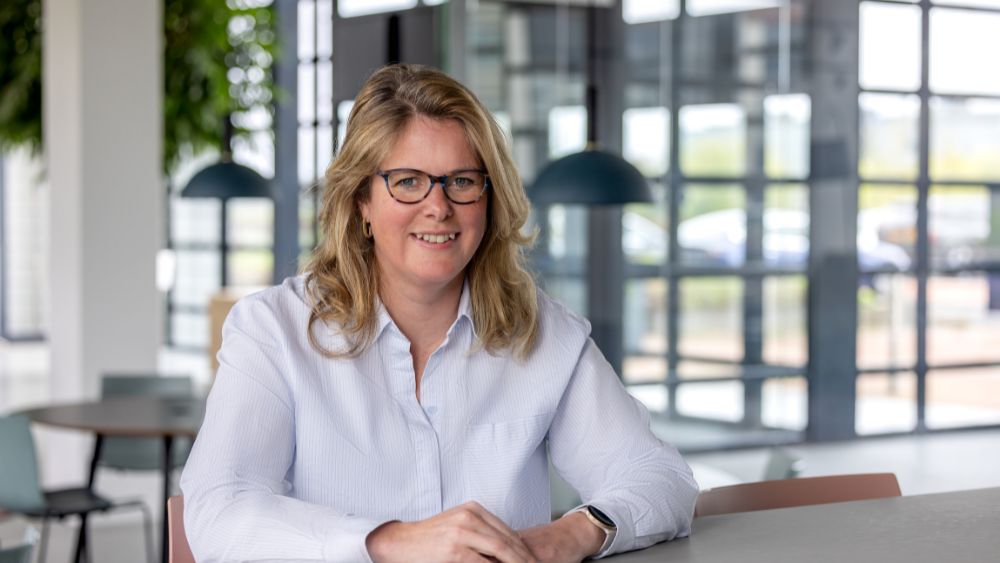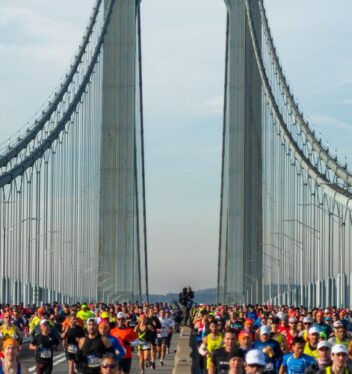Sustainability and Events: measurement is knowledge

ATPI Events on reducing CO2 emissions
The ATPI Halo method of measuring, reducing, and compensating CO2 emissions has become a permanent part of ATPI’s travel management workflow. But sustainability is also high on the agenda at ATPI Events. There are many additional factors to consider when organising an event, making it more complex. How do you accurately measure the emissions of all those components? And what can you do with that information? Janneke van Aartrijk, Program Manager Sustainability at ATPI Events, explains what is involved.
“If we want to leave the world a little better, we all need to do our utmost and make responsible choices to reduce our impact,” Janneke says, but that’s easier said than done. She explains, “The immediate question arises: how do we do that as effectively as possible? Fortunately, ATPI already has considerable experience in this area with Travel. Together with a partner specialising in accurate measurement of CO2e emissions, Thrust Carbon, they have laid a foundation for the Events sector. That foundation is measurement, reduction, and compensation. So, let’s start with measurement, how do we do that?”

Data is key
This measurement is based on actual data gathered pre-, during, and even after the event, that is then calculated using the latest scientific methodology. There is already a lot of information available from travel. Janneke explains, “For flights, a lot of data is now available to accurately calculate emissions per traveller. This includes the type of aircraft, the actual flight route, the real-time passenger and load factors, weather conditions, and so on.
Together with Thrust Carbon, we have now expanded this method of data gathering and measurement into a tool for events to include other items creating emissions. For example, what is the distance from the airport to the hotel and event location? How many guests do we transport simultaneously? How big is the venue? How much energy does it take to heat or cool it? What about catering? Where do the products used during the event come from? Are they locally sourced or from afar? Is there a buffet or plated service? How much is wasted? Is there meat, fish, vegetarian, or vegan food? With the continuously improved calculation models of Thrust Carbon in the CO2 Events Calculator, we can measure the CO2 impact more accurately.”
Advising
With the tool, it’s possible to partially map out the CO2 emissions ahead of an event. But what do you do with those numbers? Janneke says, “Once we input all that data into the ATPI Sustainable Events calculator, we can read emissions on various components. With this data, we approach the client, and can provide very practical advice. For example, is it an option to create a welcome point at the airport, enabling attendees to gather, and then fill a bus to the hotel? Do we collaborate with a caterer who exclusively uses local products? We notice a positive trend in clients actively requesting this. EU legislation is also accelerating sustainability. Increasing numbers of companies are required to report on their emissions as well as their reduction and compensation programs by 2025. It’s paramount to work with a partner like ATPI who can take care of the complex Scope 3 travel and events emissions from end-to-end.”
The contribution of ATPI doesn’t end with advice at the beginning of the event. Janneke explains: “After the event, there is always an evaluation, including the measurement of emissions. We also track emissions during the event, for example, by including last-minute changes in the calculation. Because there are always elements that cannot be fully measured, such as a supplier making an extra trip at the last minute or a taxi for a changed flight, we always include an extra buffer of 5% in the total emissions. This results in a Carbon Footprint Impact Report: for the next event, this is the basis for an even better estimate.”
Compensating
Hosting an event without emissions may not be achievable, but you can offset the emitted CO2. That’s where ATPI Halo comes in, sustainable carbon projects around the world that contribute to the absorption or reduction of CO2, such as forest and rainforest protection and regeneration, building wind turbines, and introducing sustainable ovens in developing countries. And more projects are being added. Janneke says, “However you look at it, flying accounts for by far the largest part of the emissions from an event. Responsible flying is therefore high on the agenda, investing in more sustainable fuel helps reduce the events’ footprint. Our clients can now do this through ATPI thanks to our latest partnership with Neste, the world’s No.1 producer of SAF. Data and smart booking systems help us make the best choice. So, we get help from modern technology to reduce emissions on almost all aspects of our work.”
Champions League Final 2023: Istanbul
“A prime example of our work is the recent delivery of a report to one of our clients, a major brewery, following their activities during the Champions League Final in Istanbul,” Janneke says. “Retrospectively analysing our client’s events during such a major final presented quite the challenge. We couldn’t rely on data we had already researched beforehand, so we meticulously went through all movements, events, and even involved the suppliers. Fortunately, we were able to collect a wealth of data, including the specific weather conditions of their guests’ flights. It was quite a task, but we were able to produce a comprehensive Accountability and Carbon Footprint Impact Report. This document serves as a valuable tool for discussions, shedding light on choices made and their respective impacts. What choices were made and what is their impact? What would have been an alternative? What should we pay attention to next time when choosing suppliers? And sometimes choosing the most sustainable alternative is not an option, for example, if safety is at stake. There are countless considerations that can only be made when you have all the numbers in front of you.”
“We’re delighted to partner with ATPI Events to bring world-class sustainability data to their entire program. We apply leading methodologies to all parts of the event value chain, from fuel burn calculations for attendee flights, right down to the individual cups of coffee attendees drink. We also leave no stone unturned, by applying suitable averages where the specifics might not be known, while at the same time enabling an event organiser to dive into the details when they know best. Once the calculation is complete, we also provide beautiful client-ready reports that provide a deep-dive into the event’s sustainability, including sustainable actions already taken, as well as improvement steps that can be seized at future events.” Said Kit Aspen, Director Thrust Carbon.








